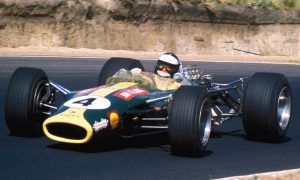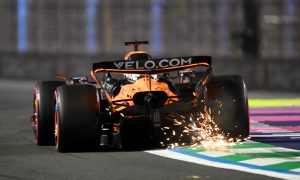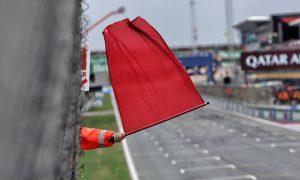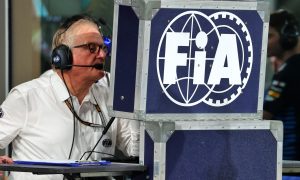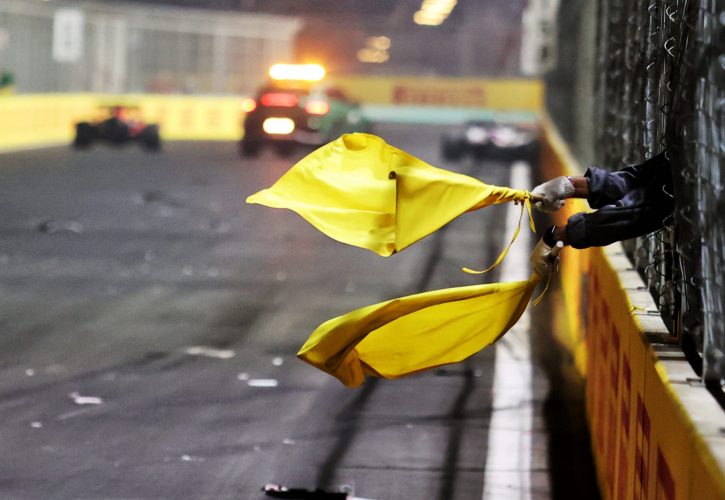
The FIA has amended Formula 1's sporting regulations with a new rule from this weekend's Monaco Grand Prix that imposes tighter speed limit restrictions on F1 drivers facing double yellow flag situations.
Previously, drivers were obligated to respond to double yellow flags based on the regulations outlined in the International Sporting Code.
These rules mandated drivers to "significantly reduce speed, abstain from overtaking, and remain prepared to alter their course or come to a halt."
In many instances in the past, while running behind the Safety Car or during a Virtual Safety Car period, drivers could run faster in certain areas of a track – including through a double yellows zone – to make up lost time during a neutralization while conforming to a timing delta.
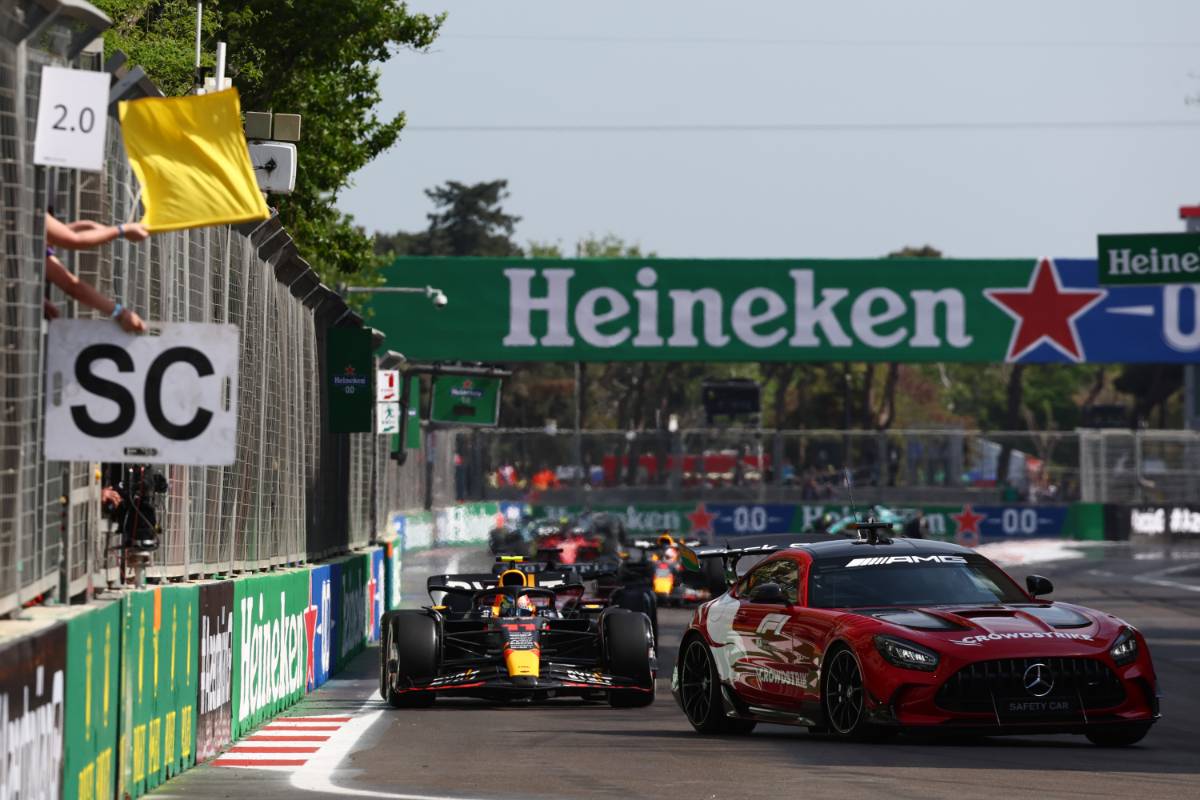
But under the new rule, the delta time will be reset when drivers enters a double yellows zone, forcing them to run at a designated reduced speed limit to increase safety conditions throuh the zone, mainly to protect marshals working on or at the side of the track.
"Under a Virtual Safety Car, when a driver enters the double yellow, what he sees on the dashboard is zero, so the delta time resets, and he then has to drive below the new speed limit," explained FIA Head of F1 Electronics Olivier Hulot.
"They again get a positive or negative delta relative to that speed limit. So it’s the same principle as before, except that it's specific to a double yellow zone."
Drivers will be warned in advance of the presence of a 'slow zone' with a visual signal on their steering wheel dashboard display and by an audio signal on their radio.
"We have already brought in a system of warnings for yellow and double yellow," Hulot added.
"The driver gets a warning in the marshalling sector ahead of the yellow or the double yellow. That has been successful already and will help with the new system."
Read also:
It has been noted that the new system could potentially leave some drivers at a disadvantage. A driver forced to reduce his speed in a double yellows zone that ends by the time a driver behind reaches the area would skew the time gap between the two.
Hulot acknowledged the potential drawback, but insists safety takes precedence over competitive considerations.
"If a car goes through a double yellow, but not another, and that car has to slow down, it is losing time relative to rivals," he admitted.
"However, for the FIA, safety is paramount and when there is a hazard on track or marshals on track then we have to minimise the risks no matter what."
Keep up to date with all the F1 news via Facebook and Twitter




